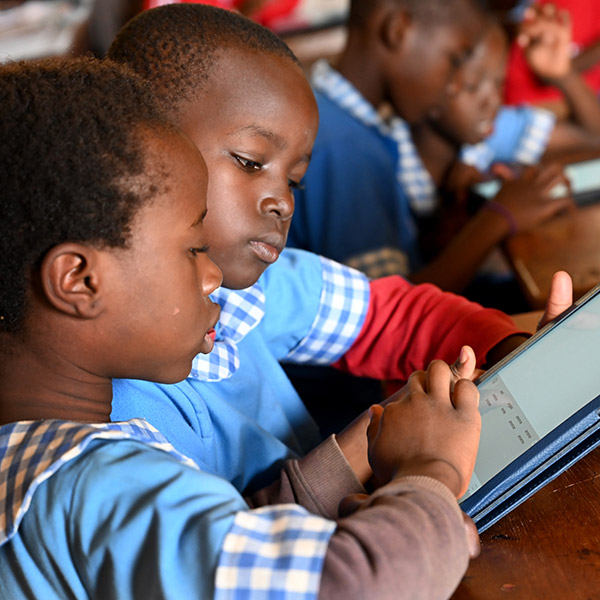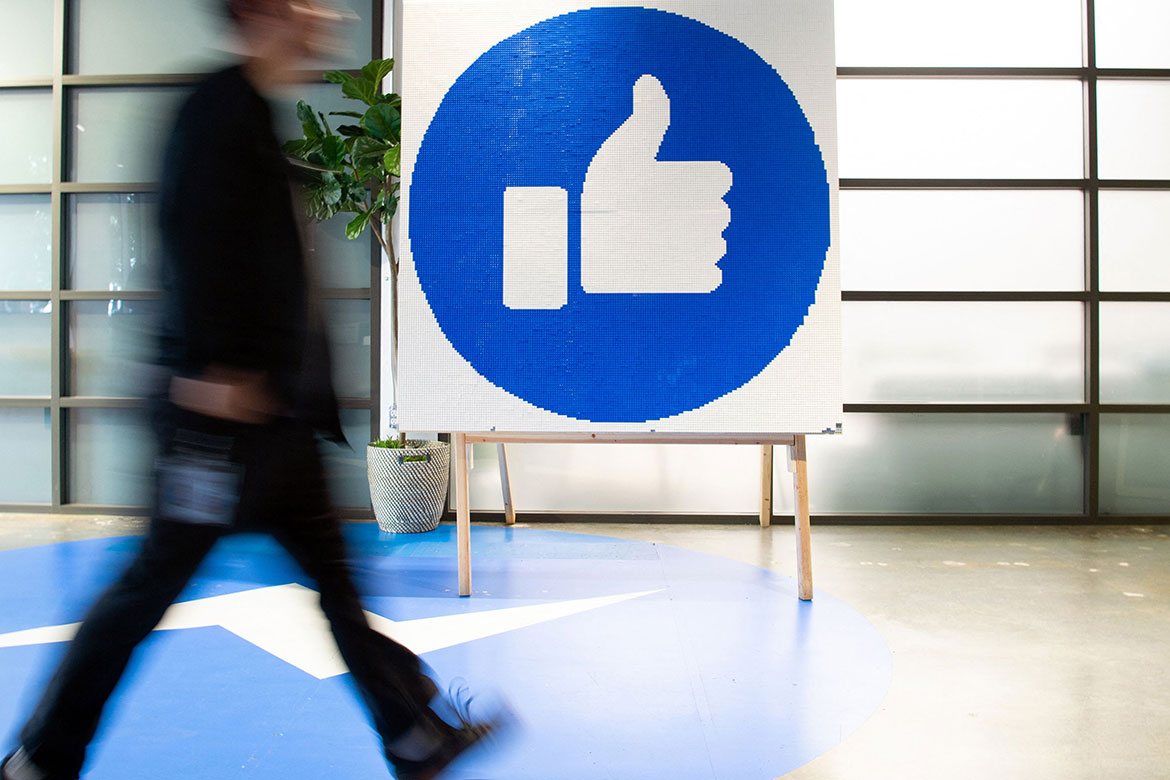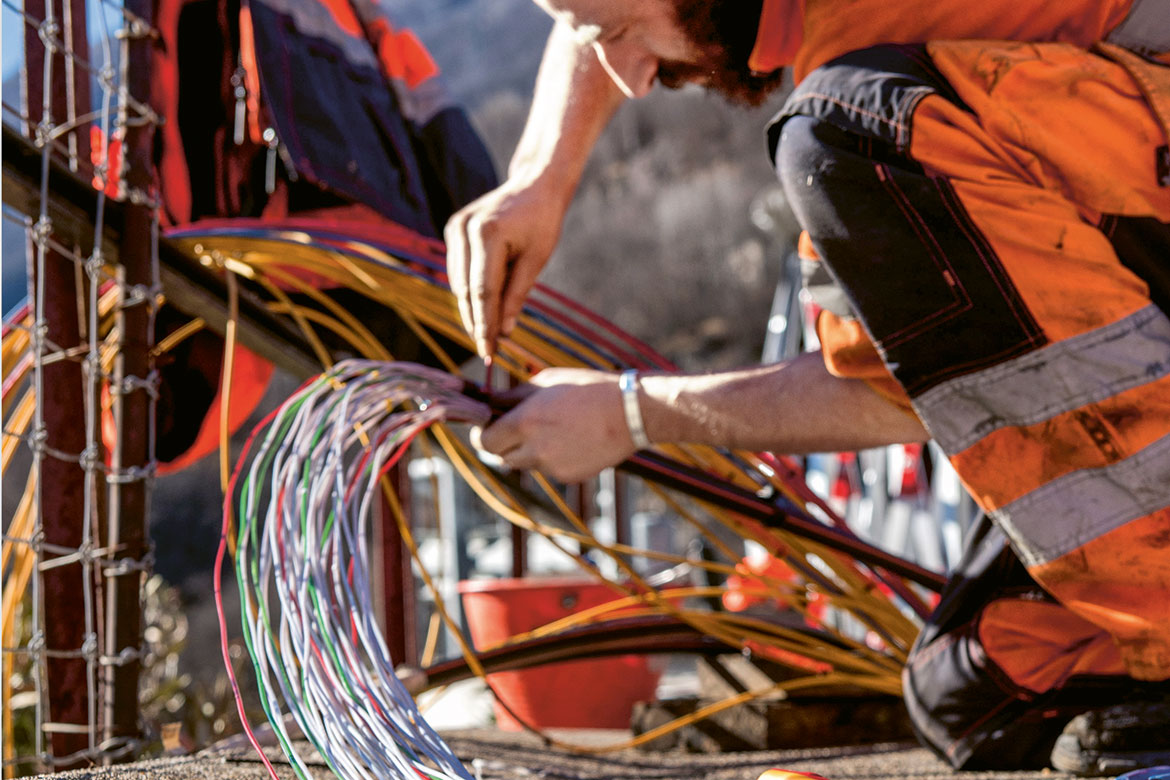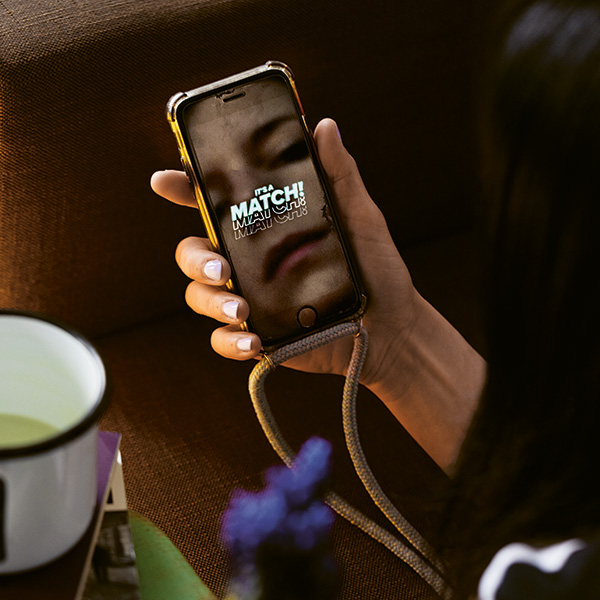Research influencers
The Internet ambassadors for science
They go where more and more people are engaging in debate and informing themselves. We’ve spoken to five researchers who are reaching new audiences thanks to their activity on social media, and asked them to tell us about their experiences.
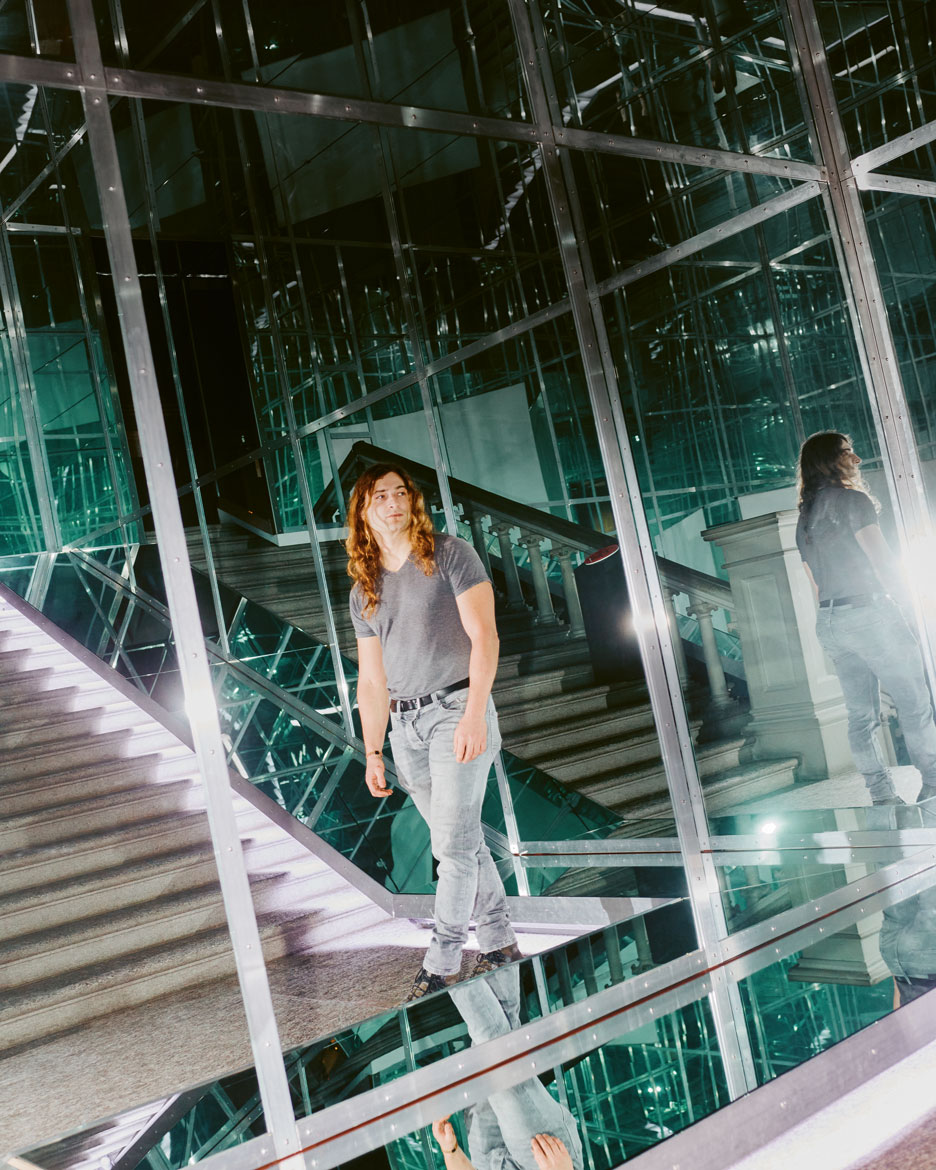
A conversation around the campfire inspired Gino Caspari to report on his archaeological expeditions on social media. | Image: Florian Spring
“A ‘serious’ researcher doesn’t do ‘stuff like that’”
“I used to believe that social media were a waste of time. Today, I spend some one or two hours a day uploading pictures, summarising facts, editing videos and replying to comments and private messages. It started at the end of a day on an expedition to the Siberian steppes. I was with my colleagues around the campfire, and they urged me to do something, saying ‘You lead an adventurous life – people will be interested in that!’ I couldn’t get the idea out of my head after that. In the field of archaeology, I have always been irritated by the discrepancy between the immense public interest in archaeological topics and the minimal amount we actually communicate about our research.
“We are often concerned about identities and about where we come from. So I wanted to establish a serious communication channel that everyone might understand. In 2018, I systematically began showing images of our finds and our excavation sites: Bones and teeth, jars and gravestones, the heads of mummies and satellite images. My image descriptions contain facts alongside insights into our methods and into how we archaeologists actually work. I link many of my contributions to my own, personal experiences. I talk about how we get tense before beginning an excavation, or about the teamwork involved in making sure your tent doesn’t fly away in a Siberian storm. This concept of mine quickly prompted a lot of interest.
“In the US, scientists are more or less expected to communicate with a broader public. But we’re not yet that far here in Switzerland. I’ve been criticised because a ‘serious’ researcher isn’t supposed to do ‘stuff like that’, or because the information I offer is supposedly incomplete. But my concerns are very different. Talking about our subjective experiences can help to create an initial access point for people to learn about scientific topics. One of my most successful posts was a livestream on the restoration of salt mummies from Iran. Some 1,000 people watched online, and later my video was viewed almost 100,000 times. That’s way beyond anything I experience at the public lectures I give on evenings at my university!” kr
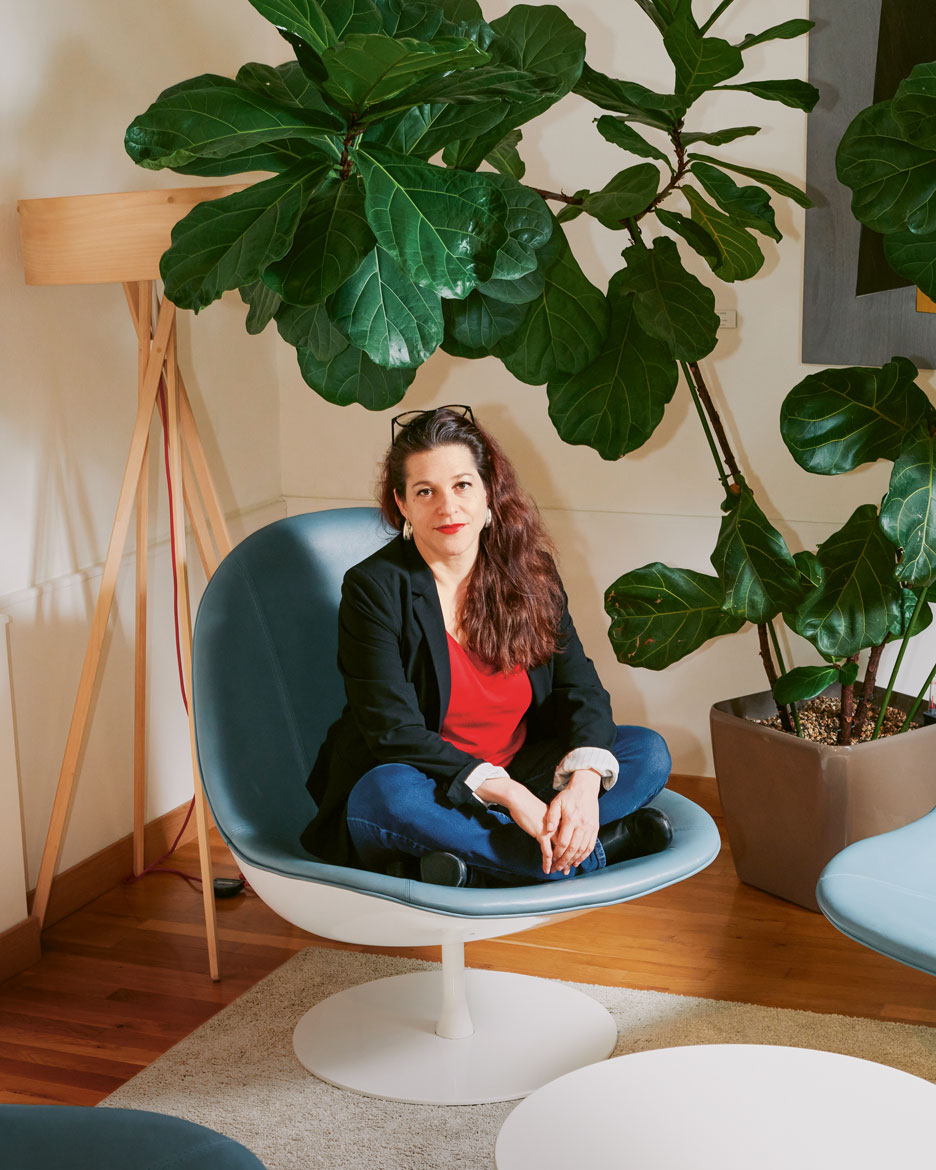
Dina D. Pomeranz sometimes switches to the phone when things get too complicated and emotional on Twitter. | Image: Florian Spring
“I often find it helpful to switch to the phone”
“I guess I became a researcher because I’m interested in the world. That’s also the reason I like Twitter. I’m always learning a lot of inspiring things through it, and I encounter people I would otherwise hardly ever meet in everyday life. Twitter is an exciting hobby for me. I don’t see it as part of my work, but it keeps me motivated me and provides me with new information. It often amazes me that so many people are interested in my tweets. Even though that’s nice, it was never really my aim to reach a lot of people. I simply tweet things that I find interesting myself.
“I share new research results and contributions from other economists. But I also share facts and comment on long-term, global developments that often get little mention in the daily media because of their short attention span. Overall, I love building bridges between different communities and sharing and discussing knowledge with the broader population. Twitter offers you lots of opportunities to do this. The whole thing reminds me of the discussions we used to have at the kitchen table in our flat-share, early on in our studies. You can sit in and just listen, or add your own opinions, and leave again at any time.
“It’s important to realise that Twitter is voluntary – even when debates become heated. If conversations get complicated or emotional, I often find it helpful to text people instead or to switch to the phone so that we can find common ground. In several cases when things have got intense, but where the conversation was important and interesting to me, I have also arranged to meet the people in person. This has led to very constructive exchanges and to enriching encounters.
“It was also through Twitter that I got to know my co-author Constantine Manda from Tanzania, with whom I am now conducting joint research projects into public finances. So Twitter has helped me to break out of my local bubble and get more feedback from people outside my geographical and professional environments”. kr
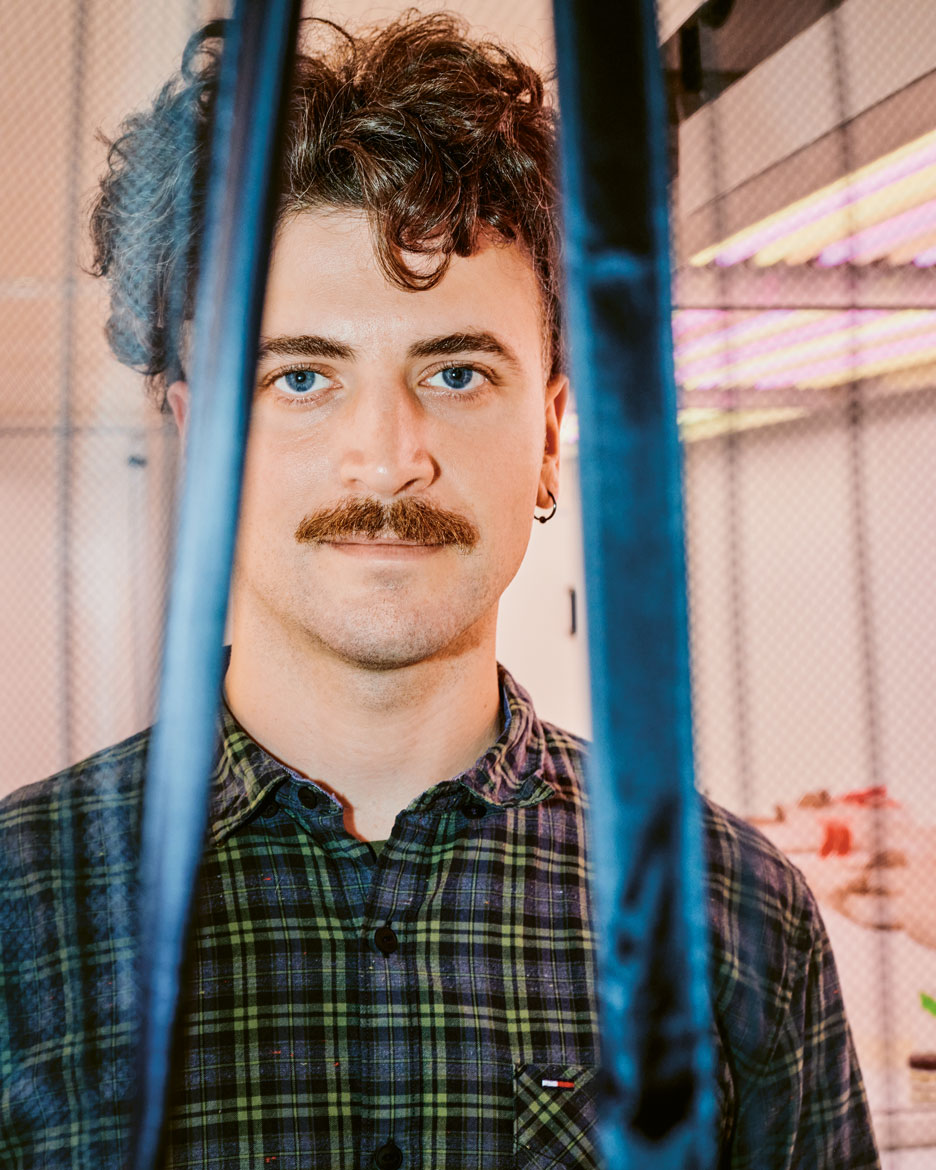
Kaan Mika has linked up with other scientists with the hashtag #sciencerely. | Image: Florian Spring
“My mentality is not to offend anyone”.
“One day I wrote a funny Instagram post about a photo Iʼd made of an animal and received a lot of positive feedback. That really motivated me. After that, I created slice_of_science and then its Turkish version. It’s my favourite account because I’m a better scientist than photographer.
“I have been a science influencer for four years as a hobby. I post amateur travel photos on my private account. My goal is to spread the word about scientific topics, while showing that science can be fun. I mainly showcase the work of others. There are topics I don’t talk about, like politics. My mentality is not to offend anyone. My audience is made up of Nature and photography enthusiasts, the general public and scientists. I am also present on Tiktok, as video is becoming increasingly popular, and Twitter, with a more scientific audience. Today, even young professors are already on Instagram. Incidentally, it is thanks to Instagram that I found the laboratory where I now work on the memory of mosquitoes.
“The first challenge was to master the tools of social networking and to make myself known. I took courses on creating quick overviews. When you don’t use jargon and fall into metaphor, you run a high risk of making mistakes. I bridge the gap between photography, storytelling and science. It takes me two hours to create a quality post, and up to two weeks when I introduce a colleague.
“I also draw inspiration from other science influencers around the world, some with hundreds of thousands of followers. We created the group with the hashtag #sciencerely, through which we meet and support each other. I am always available to answer questions from others. You don’t see it, but there’s a lot of sharing and meeting behind social networks and that’s also the beauty of them”. ra
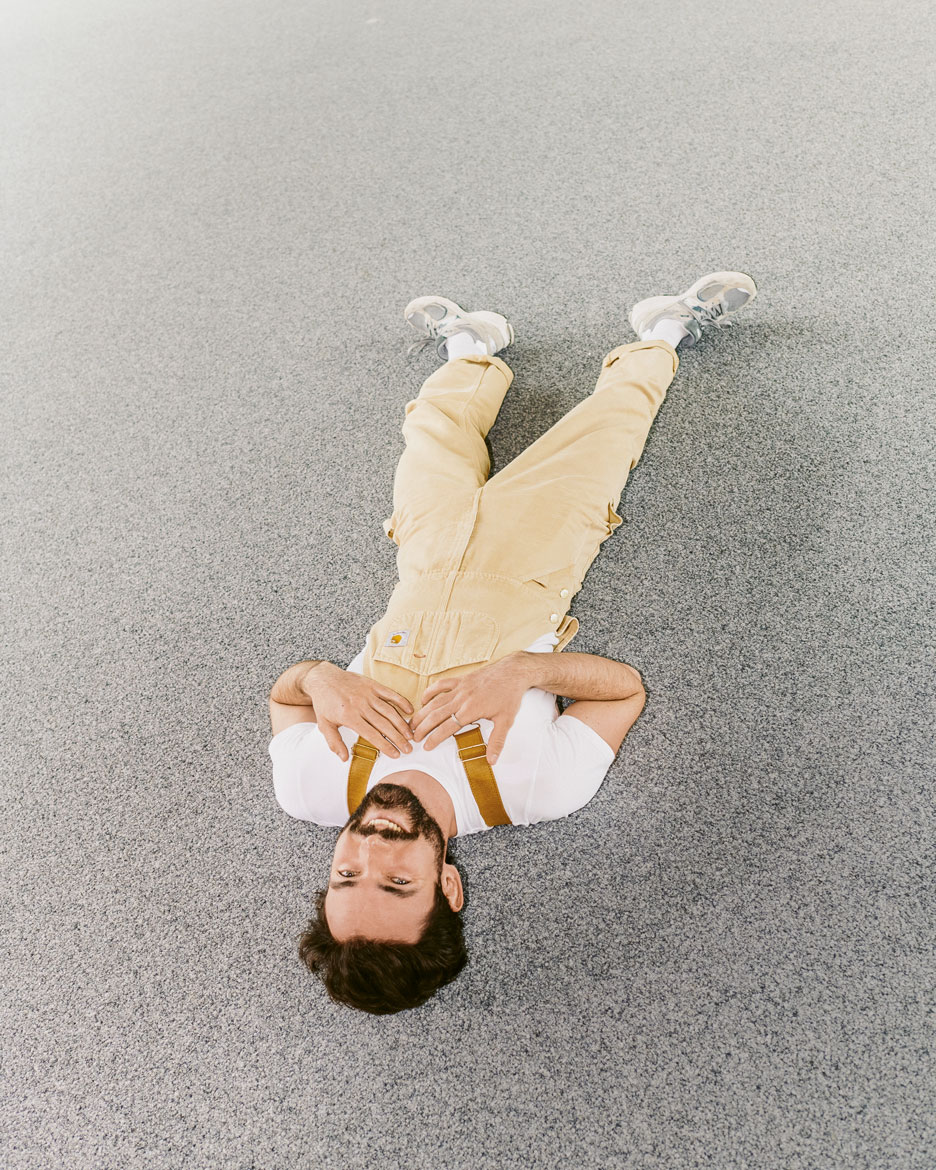
Antoine Salaün’s biggest successes are his videos on theoretical physics. | Image: Florian Spring
“Scientists must move first in popularising the issue”.
“I always hesitated between studying film and science. I was already at EPFL when I went back to making and earning a living from popular science videos in the summer of 2020. Today, I have three activities: the YouTube channel Antoine vs Science, the popular science video production company Versus, which is four of us, and my Master’s studies. The projects at Versus for brands help finance Antoine vs Science. Each video for our channel costs at least CHF 3,000 and requires time and the involvement of several people.
“I have a lot of freedom on YouTube. At the beginning, I talked about subjects that I was passionate about, then I broadened the topics for the general public. I address people who are curious about science and who possess common sense, but who are not scientifically literate. Young people have lost a lot of self-confidence when it comes to scientific issues. It is interesting to me to share the scientific method and to show them the codes to access other media, other subjects.
“I have a cool, close-knit community that I feel I am taking along. With the financial support of the National Centre for Cinema and Animated Image in France, I produce a monthly episode of Expé, science put to the test in the form of a scientific adventure. For subjects I don’t know much about, such as biology, which I talk about a lot, I read papers and seek expert validation. What works best with people is theoretical physics, because there isn’t much quality popularisation of this subject.
“One of the other activities of Versus is organising workshops at the University of Lausanne to teach PhD students and scientists in general how to disseminate their work on video. I am convinced that it is up to them to take this first step in popularisation. It would be my dream for every scientist in Switzerland to have an Instagram account for their research”. ra
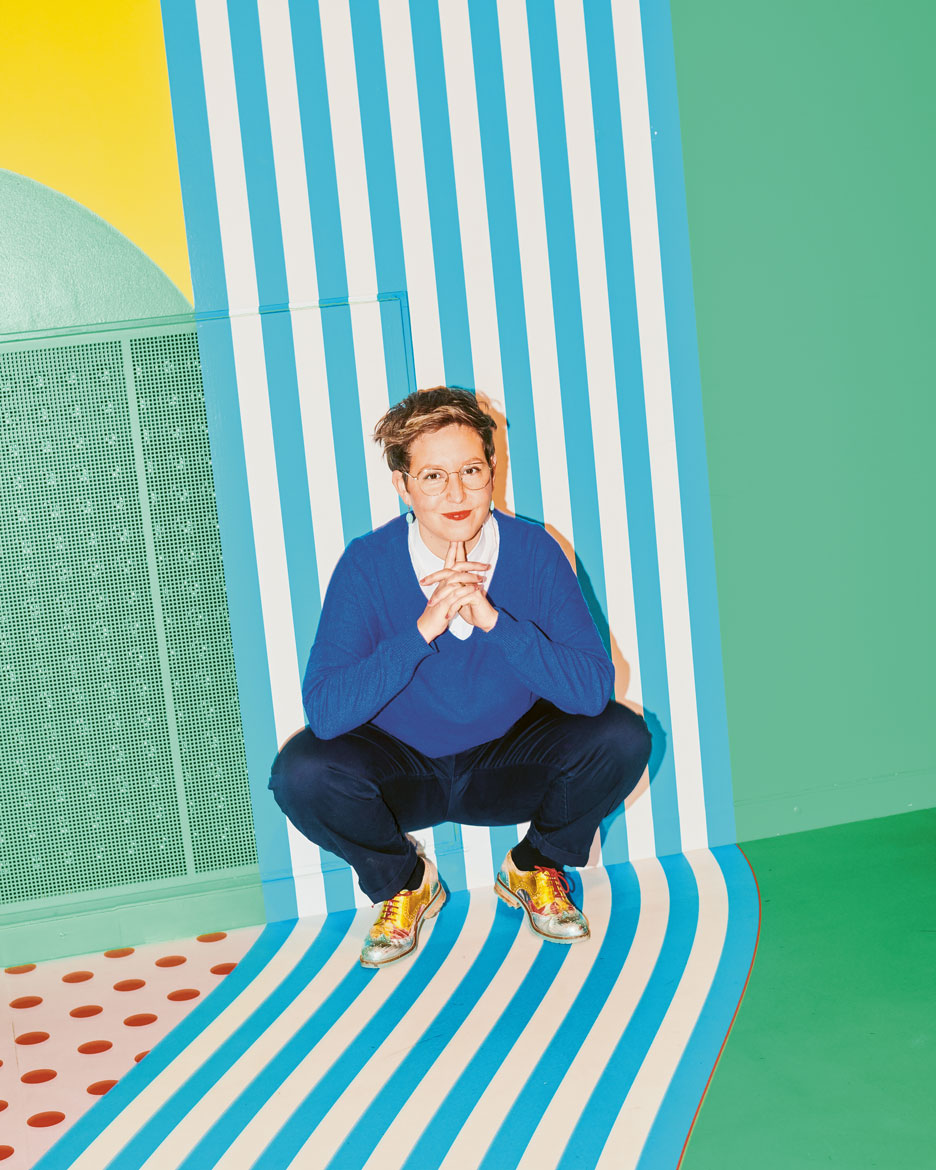
Leandra Bias tweets as a scientist, a feminist activist and a private individual. | Image: Florian Spring
“I am also a feminist activist”
“Twitter is a source of inspiration to me. It’s a window onto the world, it opens doors. It’s thanks to Twitter that I can network with others and cease to be invisible. But Twitter only really grabbed me when a well-known writer liked one of my Tweets and commented on it – me, an absolute nobody with only 100 followers. I was totally amazed. I thought, ‘Wow, this is possible! I can connect directly with my role models!’ Thanks to Twitter, professors and scientists have invited me to join their research networks, and I can exchange ideas with them before attending demonstrations out in the real world. When I actually meet people from Twitter, it’s as exciting as a blind date to me.
“I’m now getting noticed in German-speaking Switzerland, and this has also enabled me to place my messages in all the major media. I see myself as a bridge-builder to the East. When Putin gives a speech, for example, I follow in parallel what’s being said on the same topic on my Twitter list. I retweet, analyse and classify. But it’s important to know that I am not only a scientist on Twitter: I also tweet as a feminist activist and as a private individual. I want to show that politics and the political sciences also always need a feminist approach. When I do this, I think carefully about the discussions to which I might make a contribution.
“I avoid arguing about things on Twitter. There’ve also been instances where I’ve reacted impulsively. But I apologised publicly afterwards. I am very wary about the waves of indignation that can sweep over you on Twitter. I was afraid to open my Twitter channel every day for the first three months after the full-scale Russian attack on Ukraine. But so far, thankfully, none of the negative comments have ever become threatening. The tragic reality is that when women have to endure hostility on the Internet, they are pretty much on their own. I do have the feeling however, that the University of Bern is seriously engaging with this issue. If I experienced anything like that, I would probably go offline and leave my access data to a trusted person who could filter my messages for me before I read them”. kr

